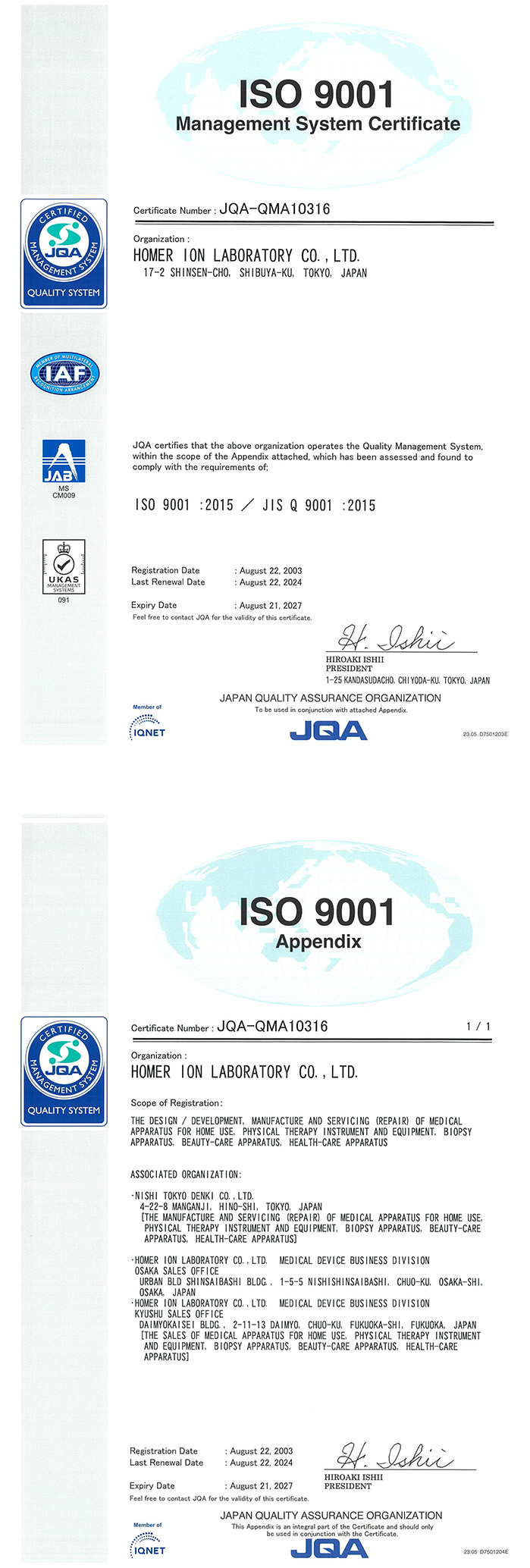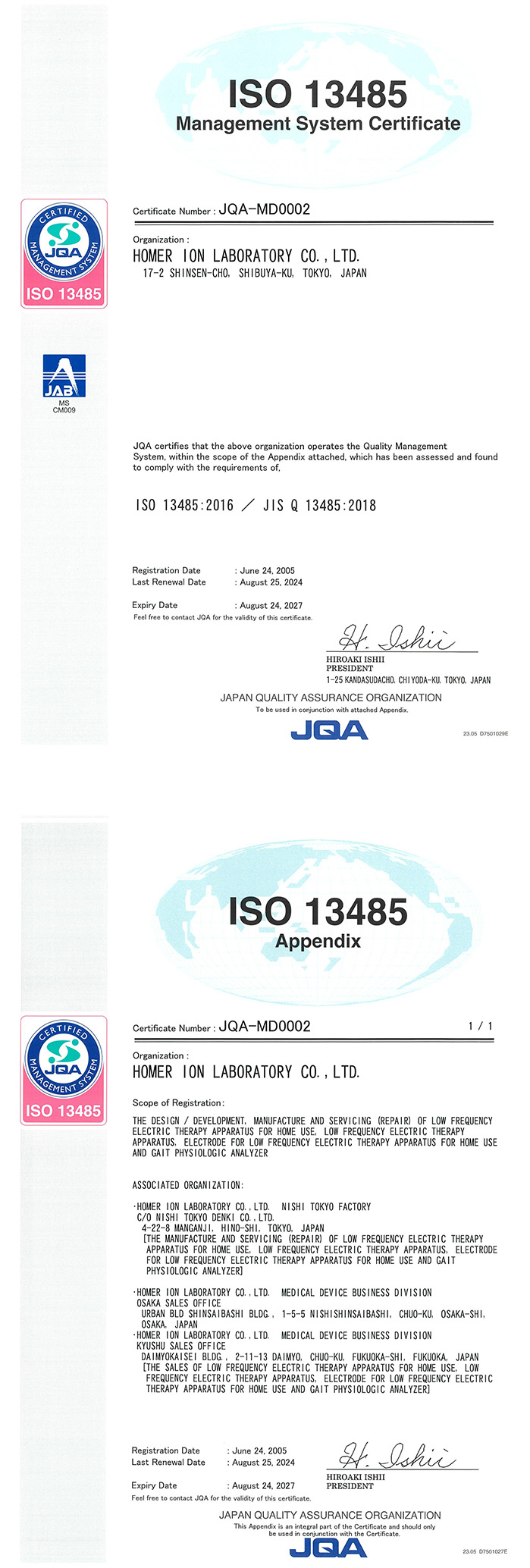

TAKASHIMA CLINIC ORTHOPAEDIC SURGERY:
Orthopedic Rehab. Sports Orthopedics
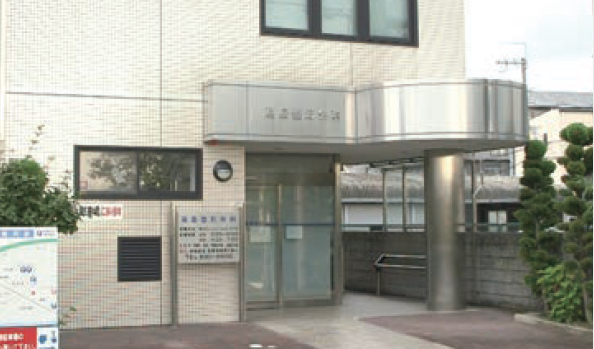
As a key provider of community healthcare in Ibaraki City, Osaka Prefecture, this clinic is dedicated to preventive medicine and health promotion for all local residents, contributing to the creation of a healthier community through medical care. The clinic offers a wide range of specialized rehabilitation services, including early postoperative rehabilitation, management of pain and range-of-motion limitations in the neck, shoulders, back, and knees, treatment for sports-related injuries, as well as approaches for infants and children. In addition, many athletes—including players from the local soccer club, Gamba Osaka—utilize the clinic’s expert rehabilitation services.
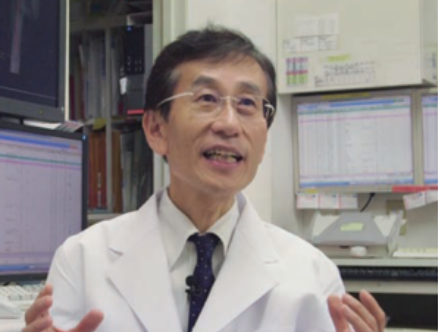
Chairman: Dr. Takayuki Takashima
Qualifications and Certifications:
Use of Early Rehabilitation for Sports Injuries and Sports-Related Conditions
Director Takashima’s Approach to Orthopedic Care and Rehabilitation
Although orthopedic surgery includes “surgery” in its name, its core approach is actually conservative treatment, with rehabilitation as the foundation. Surgical intervention is reserved for cases that do not improve with conservative measures such as rehabilitation. Rehabilitation performed after surgery completes the treatment process, forming a comprehensive and integrated therapeutic system.
Areas that hurt are difficult to engage
―Background of Introducing B-SES
Dr. Takashima: For patients, the areas that require treatment are often painful. It’s difficult to exert force on a painful part. After surgery, those muscles need to be strengthened—but it hurts. When it hurts, the body naturally relaxes, and it becomes hard to activate the muscles. This is where B-SES helps, by moving the muscles for the patient.
For example, when riding a bicycle, if you can push down on the pedal for the first stroke, you can continue pedaling after that. In other words, B-SES is very effective for initiating the first movement—the initial activation of muscles—which is why we decided to introduce it.
Preventing Disuse During Fractures and Controlling Muscle Weakness in Other Areas for Athletes
―Indications for B-SES
Dr. Takashima: We utilize B-SES to enhance muscle strength recovery both before and after surgery. It is also used to prevent disuse in patients with fractures or those who have immobilization devices.
Additionally, for patients involved in sports, there is significant concern about muscle loss in other areas during periods when the operated site must remain immobile. B-SES can help maintain and even improve muscle strength in the lower limbs overall, which we believe contributes to a very high level of patient satisfaction.
―Perceived Therapeutic Effects of B-SES by Director Takashima
Dr. Takashima: In the videos we received as B-SES materials, you can see the muscles contracting strongly. However, in practice, it is not necessary for such intense contractions. Even a small trigger can prompt the patient to engage their own muscle contraction, allowing them to feel the sensation of muscle activation and strengthening. We believe this significantly enhances the effectiveness of rehabilitation.
―Billing and Reimbursement
Dr. Takashima: At our clinic, B-SES is never used in isolation. It is incorporated as one of the therapeutic tools by physical therapists and occupational therapists in preoperative and postoperative rehabilitation. Its use is billed as part of the broader musculoskeletal rehabilitation fee or cerebrovascular rehabilitation fee, rather than as a standalone service.
An Excellent Medical Device That Supports Voluntary Movement
―Patient Attraction Through B-SES
Dr. Takashima: Unfortunately, B-SES itself has not yet led to patients coming directly to our clinic through word-of-mouth. However, regarding the enhanced rehabilitation outcomes, surgeons whose patients undergo procedures at our clinic often praise us, saying things like, “When patients do rehabilitation at Dr. Takashima’s clinic, they return with improved muscle strength. The results are clearly better.”
―Benefits for a Clinic That Implements B-SES
Dr. Takashima: The key advantage is the tangible treatment effect. Muscle strength, in particular, is notoriously difficult to build. Physical therapists can improve joint range of motion, but muscle strength cannot increase unless the patient’s own muscles are activated. I believe B-SES is a remarkable medical device that assists in this process, helping patients engage their muscles effectively.
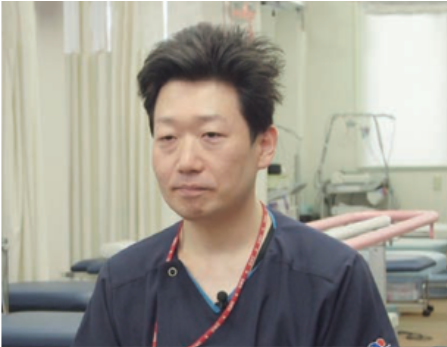
Chief of Rehabilitation Department – PT. Yoji Kawasaki
PT. Kawasaki’s Approach to Rehabilitation
My philosophy of rehabilitation begins with helping patients understand their own injury or disability. I believe it is essential for patients to actively care for their own bodies in response to their condition. Similar to the concept of “self-medication,” my approach emphasizes empowering patients to manage their own health. I strive to provide care that encourages and reinforces this ability for self-management.
―Rehabilitation Programs Tailored to Each Patient
PT. Kawasaki: At our clinic, we, the physical therapists, implement treatment programs tailored to each individual patient, following disease-specific protocols.
Among these approaches, we utilize B-SES in combination with various exercise devices to provide therapy aimed at promoting the patient’s early recovery.
Core and Lower Limb Strengthening Effects
―PT. Kawasaki on the Therapeutic Effects of B-SES
PT. Kawasaki: Regarding the therapeutic benefits, I believe the main effect of B-SES is undoubtedly the strengthening of the core and lower limb muscles.
Furthermore, even for patients who are temporarily unable to exercise or are in poor physical condition, B-SES can still provide muscle training effects. I also feel that this contributes to reducing patients’ mental stress.
―Implementation of B-SES
PT. Kawasaki: We generally administer B-SES in 20-minute sessions. First, we use the metabolic mode, primarily for obesity prevention and addressing metabolic syndrome. We also employ the muscle strengthening mode, mainly for athletes, to enhance core and lower limb muscle strength.
Early Strengthening for Athletes Unable to Exercise, Reducing Mental Stress
―Therapeutic Effects of Adding B-SES to Conventional Exercise Therapy
PT. Kawasaki: With conventional exercise therapy, it was very difficult to achieve muscle strengthening at an early stage, especially at the affected site. By using B-SES, we can initiate training even when the patient has a cast or is otherwise unable to perform voluntary exercise, which is extremely valuable. Many athletes struggle with the fact that “I can’t exercise during the early phase of treatment.” By using B-SES from an early stage, we can strengthen muscles even in these cases, which I feel significantly reduces mental stress.
―Operational Benefits of Introducing B-SES
PT. Kawasaki: In terms of time allocation within a session, I feel that a considerable amount of effort has been reduced, particularly for muscle strengthening. Additionally, B-SES is effective for warm-up purposes using the metabolic mode or as part of a session where we begin with the muscle strengthening mode and complete the strength training early. This allows us to make the most of limited session time.
―Patient Feedback
PT. Kawasaki: As for the effects and reputation of B-SES, no patients have reported negative impressions. The stimulation of the core region, in particular, is also appreciated for its “dietary” or slimming benefits, and it is well received by both men and women.
―Benefits of Introducing B-SES
PT. Kawasaki: For patients who struggle with exercise or have difficulty progressing in muscle strengthening, B-SES provides effective muscle enhancement. I believe this is the greatest benefit. Furthermore, many patients who struggle with building strength tend to feel mentally discouraged. B-SES helps these patients experience tangible results, which positively impacts their mental state.
―Areas for Improvement in B-SES
PT. Kawasaki: Patients often comment that the belt feels cold. However, the new G-TES model has a built-in heater in the belt, which is a significant improvement. Additionally, as is the case with most EMS devices, stimulation is usually applied at rest. If it were possible to deliver EMS during movement—such as walking—so that muscle strengthening occurs simultaneously with voluntary movement, I believe this would further enhance its effectiveness.
Providing the Same Rehabilitation at Home as in the Hospital
―Future Applications of B-SES
PT. Kawasaki: In the field of rehabilitation, especially with the aging population, the focus is on three main settings: day services, day care, and home-based rehabilitation. In particular, for home-based rehabilitation, the new G-TES model allows B-SES to be portable. This enables patients to receive the same type of treatment at home as they would in the hospital. I believe this reduces disparities between outpatient and home care and represents a promising direction for the future use of B-SES. 0-
